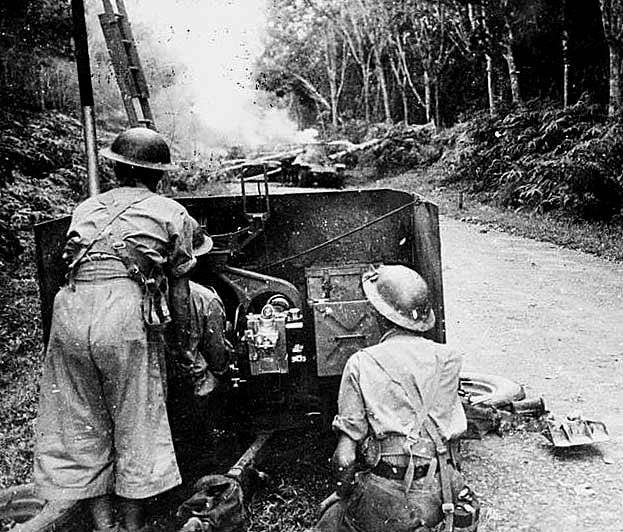January 1, 1945. Western Front
Hitler launches Operation Bodenplatte, hundreds of planes of the Luftwaffe begin attacking Allied airfields in the Netherlands, Belgium and France.
Operation Bodenplatte (Baseplate), launched on 1 January 1945, was an attempt by the Luftwaffe to cripple Allied air forces in the Low Countries during the Second World War. The goal of Bodenplatte was to gain air superiority during the stagnant stage of the Battle of the Bulge so that the German Army and Waffen-SS forces could resume their advance. The operation was planned for 16 December 1944, but was delayed repeatedly due to bad weather until New Year’s Day, the first day that happened to be suitable.
Secrecy for the operation was so tight that not all German ground and naval forces had been informed of the operation and some units suffered casualties from friendly fire. British signals intelligence (Ultra) recorded the movement and build-up of German air forces in the region, but did not realise that an operation was imminent.
The operation achieved some surprise and tactical success, but was ultimately a failure. A great many Allied aircraft were destroyed on the ground but replaced within a week. Allied aircrew casualties were quite small, since the majority of Allied losses were grounded aircraft. The Germans, however, lost many pilots who could not be readily replaced.
Post-battle analysis suggests only 11 of the Luftwaffe’s 34 air combat Gruppen (groups) made attacks on time and with surprise. The operation failed to achieve air superiority, even temporarily, while the German ground forces continued to be exposed to Allied air attack. Bodenplatte was the last large-scale strategic offensive operation mounted by the Luftwaffe during the war.















